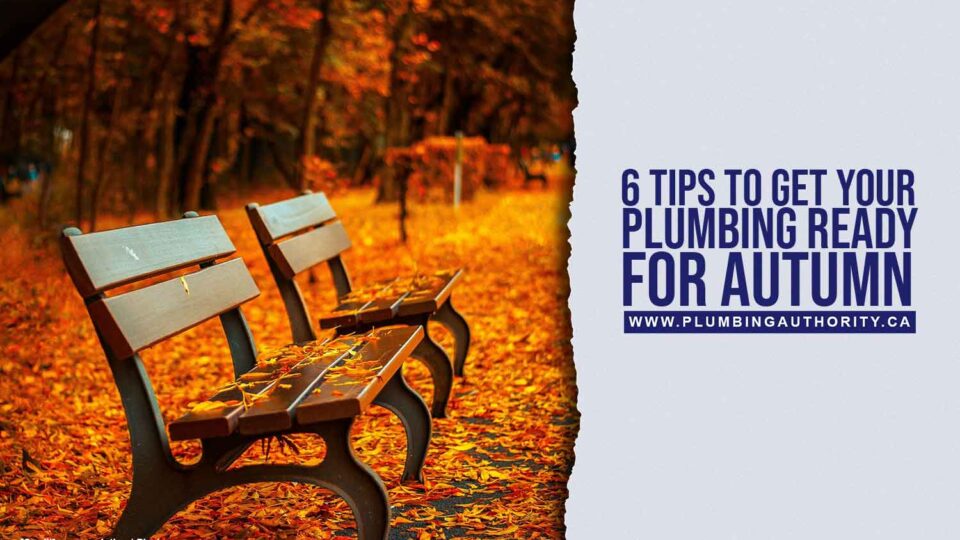
When the leaves noticeably start to change colours and the air gets colder, it is also high time to remember your plumbing system. Autumn is the time of year when temperatures start to rapidly go down which causes water and plumbing systems to rapidly and block water drainage. It is important to take the necessary steps and get your plumbing ready to face the travails of autumn.
These are some of the plumbing issues are likely to encounter:
- Frozen and Burst Pipes

Canada’s weather can be unforgiving. In the winter of 2019, authorities in Toronto responded to over 200 calls from their residents who reported not having water due to frozen pipes. The temperatures in autumn can decrease to -3° C. Extremely low temperatures can take a toll on plumbing systems, causing them to freeze and burst.
- Heating System Failures
The cold autumn weather affects the ground temperature and the pipes underneath. Cold water enters the heating system, which starts working overtime to compensate for the temperature drop. Prolonged, this issue can overwork your water heater and lead to system failure.
Unfortunately, autumn is not a good time to have a broken water heating system. It affects your supply of water and there is also the possibility of delayed repairs since plumbers are fully booked for other repair jobs.
- Drain Blockage
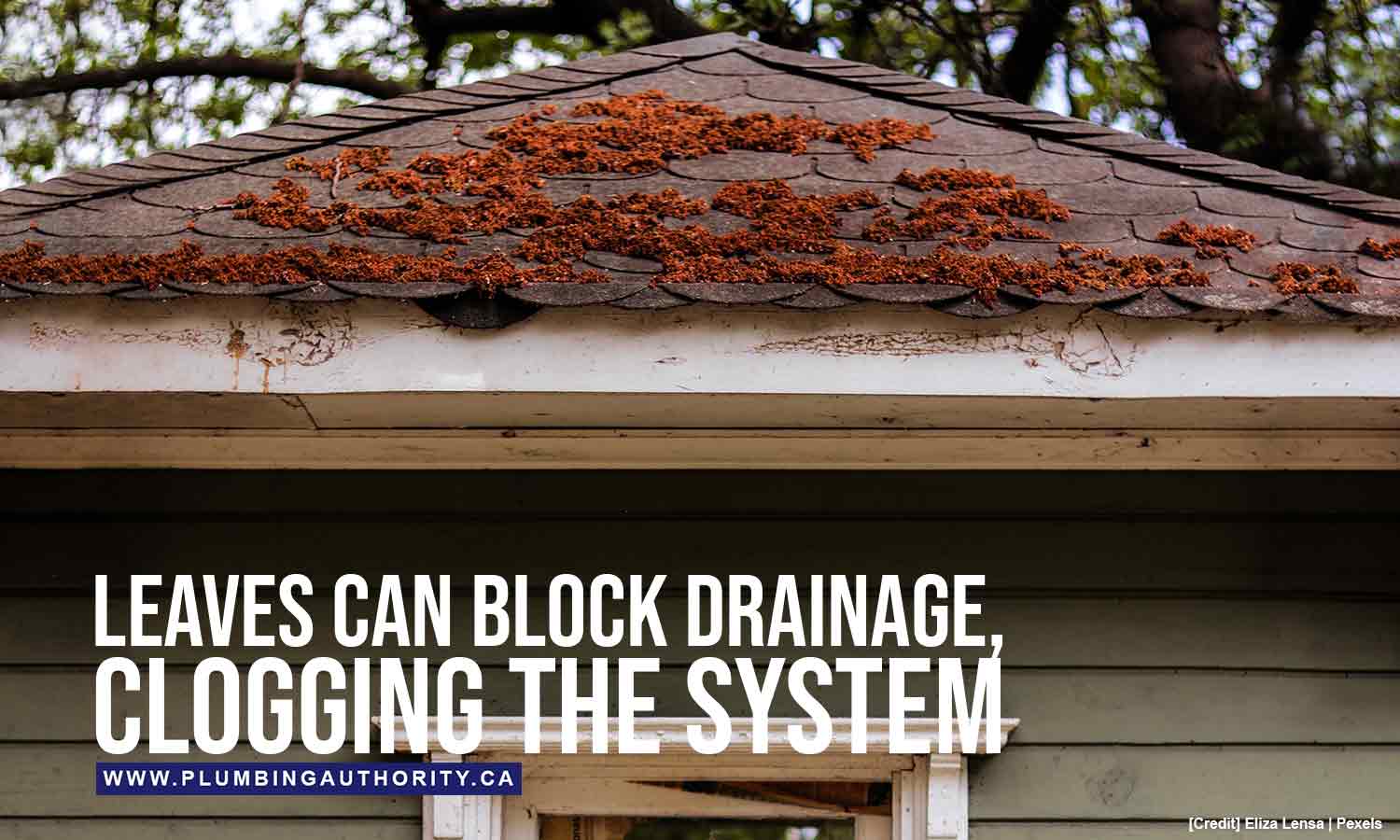
The autumn leaves are a stunning sight and make for a picturesque landscape. However, little do many realize that falling leaves also have an effect on their plumbing systems, resulting in an increase of reported drain blockage during the season. Fallen leaves can accumulate in gutters and clog your plumbing.
How to Prepare Your Plumbing System for Autumn
Here are some key steps to take to reduce the chances of plumbing problems this season:
Tip #1: Clear Your Gutters and Drainpipes
Water damage caused by outdated infrastructure or poor maintenance over the past decade. In Quebec, it accounts for 50% of the total cost of claims. It is also expected to increase in the coming years. Other parts of Canada can also observe a similar trend.
Falling leaves can pose serious problems to your gutters and drainpipes. Their job is to prevent overflows on the roof and the foundation of the house. Keeping them clean and clear will keep blockages and potential structural damage at bay.
Tip#2: Service Water Heaters
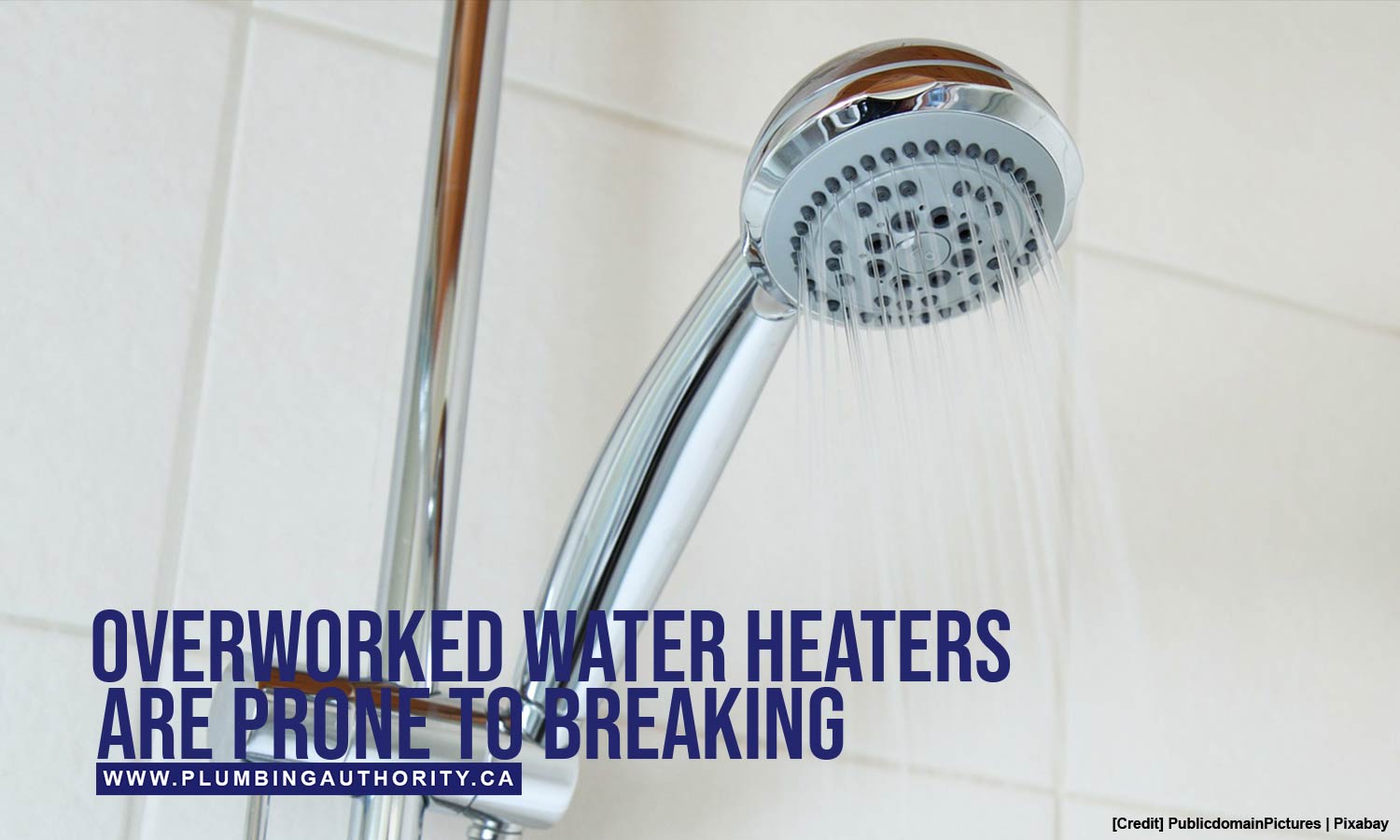
Check your water heater and make sure there are no signs of leaks. Because water heater use increases during the autumn, it’s a good idea to have a plumber inspect it before it gets too cold. Neglecting to service water heaters before temperatures drop could mean delays and costly repairs.
Water heater inspections include the following tasks:
- Assessment of the water heater fuel gas piping
- Thorough inspection of fuel including labels and fuel type
- Installation checks to determine the suitability of the piping and other parts
- Probing sediment traps or drip legs used to catch sediment or moisture in the piping before they make it to the burner
- Checking for water expansion.
Tip#3: Uncouple Outdoor Hoses
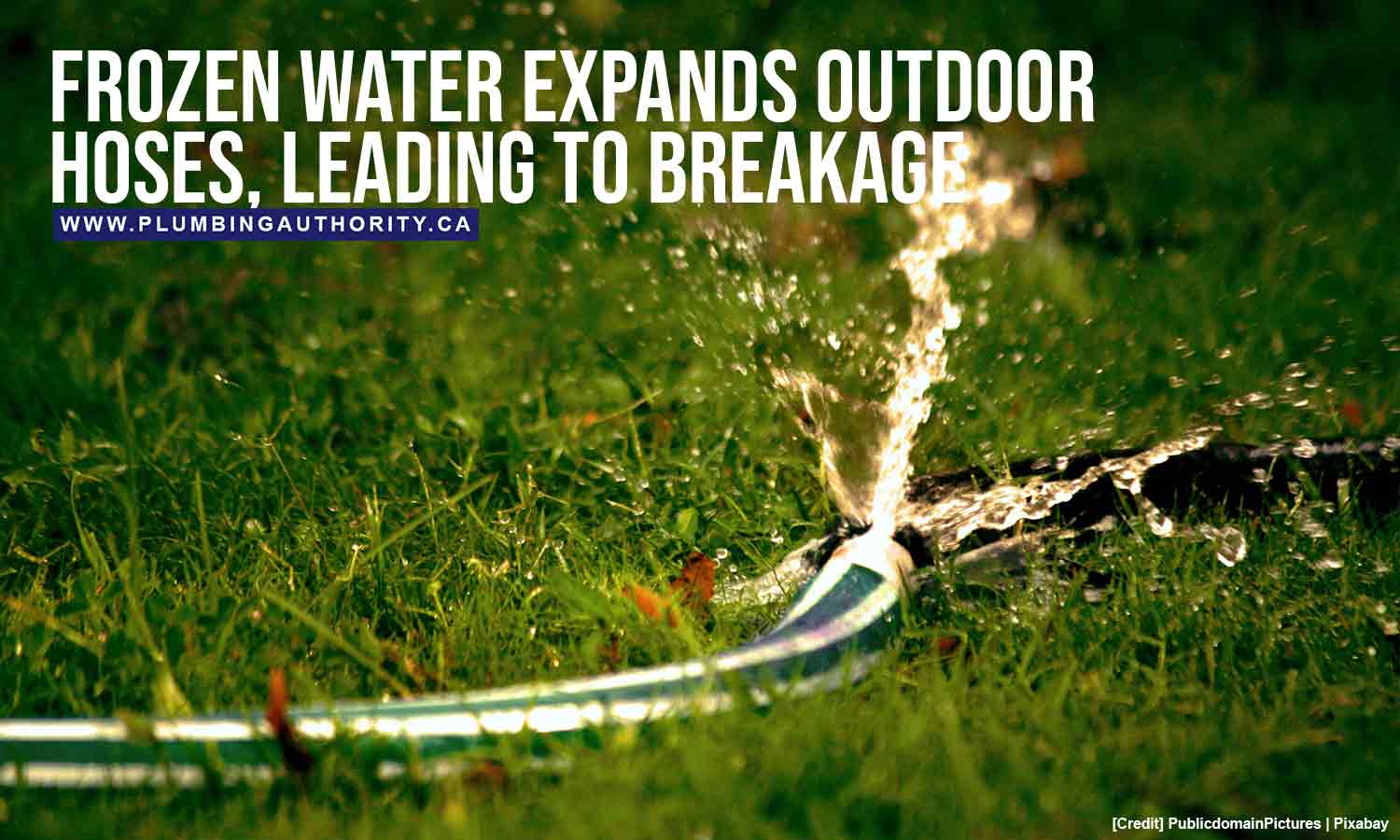
Outdoor hoses should not be left outside during cold temperatures. Water expands when temperatures drop, and so will the vessel that holds it. Most hoses are made of malleable materials so they do not break right away. It would take some time for the ice to thaw which means enough damage is done to the hose by the time the ice melts.
If the hose is connected to faucets, the expansion will also cause them to freeze and break. The best practice is to disconnect the hoses, drain any remaining water, and store them inside until the weather gets warmer.
Tip#4: Interior Shut-Off
It would be good to have an interior shut-off valve in your home — this is a valve that connects to the outside plumbing system. It would be convenient to shut off the interior valve and open the outdoor faucet valve so water can be drained. Without water to freeze, your plumbing system will be less likely to break.
Tip#5: Seal the Gaps
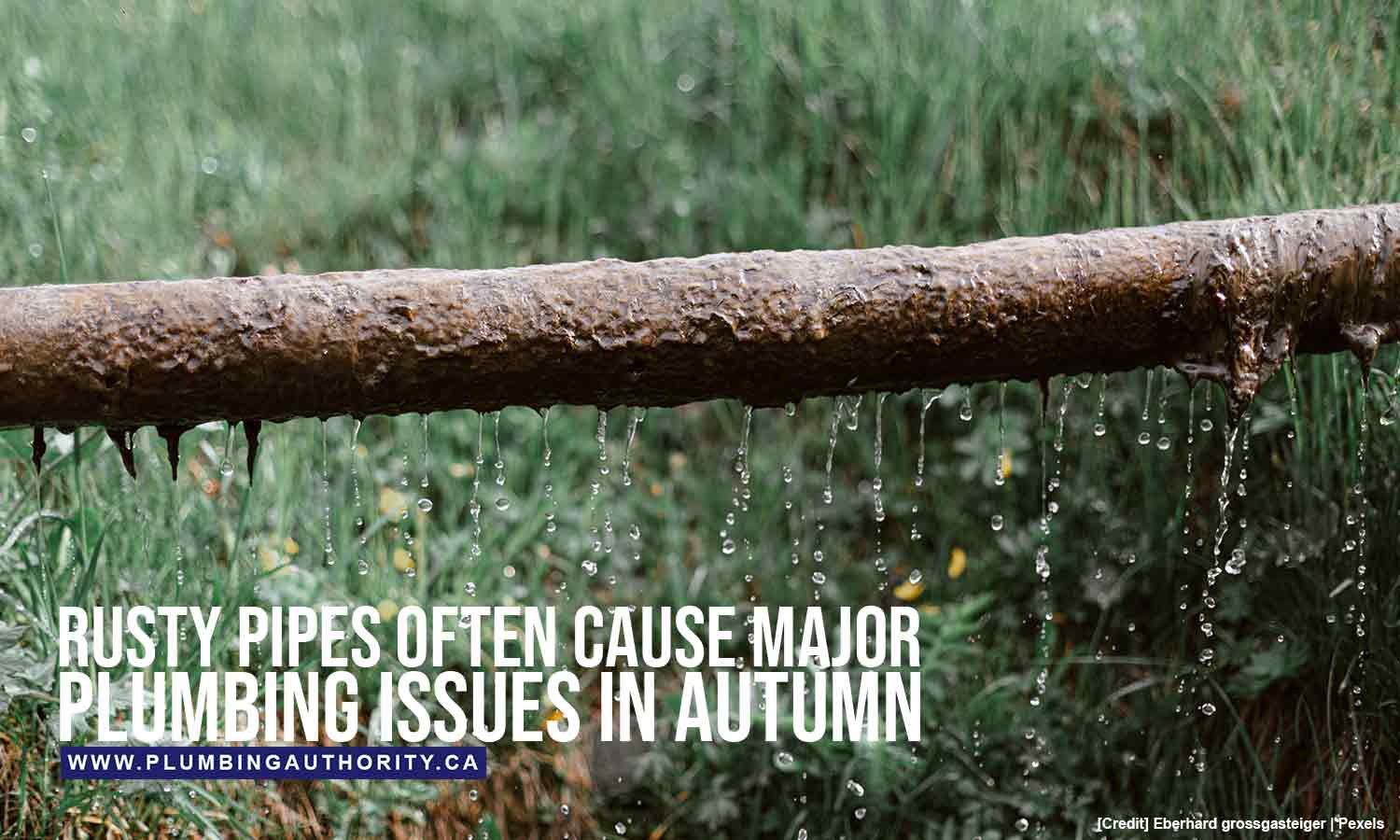
It is necessary to call on your local plumber regularly to help identify potential problems in your plumbing system. These eagle-eyed experts can find the gaps likely to cause issues. Gaps between the walls and pipes naturally develop over time. The gap would allow cold air to penetrate and cause pipes to freeze during the cold months of autumn and winter.
On warmer days of spring and summer, these can also cause your utility bills to shoot up. With the help of experts, the pipes can be sealed using different techniques such as caulking, insulation, and weather stripping.
Tip#6: Pipe Insulation
If Canada’s autumn is bitterly cold on some days, the winter can also wreak havoc on your plumbing system. You would not want to wait until the first snowflakes fall before frantically searching for “plumbers near me” online.
Part of your routine plumbing system maintenance should include lining up your pipes with rubber insulation to ensure that only warm water flows even in the cold months. Your outdoor pipes are most prone to freezing so if you do not like the prospect of spending a fortune to replace them once the world thaws out, safeguard them ahead of the changing season.
Adapt to the changing season and prepare for the anticipated changes. Taking the precautions early on can go a long way to protecting your pipes, preserving your comfort, and sidestep any expenses for repairs and replacements. Getting ahead of the game in terms of autumn-proofing your plumbing system will save you from a myriad of inconveniences.
The key to your peace of mind is to contact professionals who can help prepare your plumbing system for the coming cold days. Whether it is for routine check and maintenance or for emergency plumbing needs, Plumbing Authority is at your disposal. Get in touch with us for professional help you would need. Call (647) 992-7473 for scheduled visits or emergency needs.




